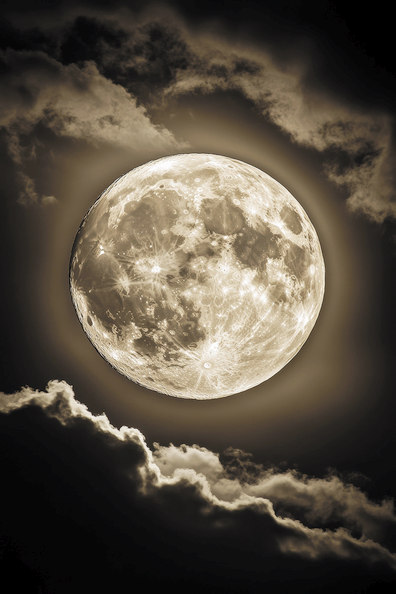By Adam England

Earth is a cool place. It has oceans, forests and mountains galore. These different environments serve as host to millions of different types of animal and plant life, including us humans. Earth is the perfect size (24,901 miles around), perfect distance from the Sun (93 million miles!), and it has the perfect combination of elements like oxygen, nitrogen and carbon. Because everything is just perfect on Earth, life can survive and thrive.
Humans seem to have long been fascinated by all this life. Forty-five thousand years ago, someone drew a picture of a very plump pig on the wall of a cave in Indonesia, the oldest known drawing of an animal. Around 2,400 years ago, the Greek philosopher Aristotle wrote a book about animal biology, studying animals in detail and separating them into classes based on where they live, how they move and how their physical makeup may be similar or different.
Many great expeditions have been made into the jungles of Africa, the mountains of Asia, forests of the Americas and the depths of the oceans, all to study the plants and animals that live there. Now, as technology has allowed us to begin exploring space, it makes sense that we continue searching for more life on other worlds.
On July 20, 1969, humans first stepped foot on another world – the Moon. These astronauts brought back rocks to study. Alas, no little creatures were discovered, but we continued to look. NASA and other space agencies sent robotic probes to Mars, Saturn’s moon Titan and asteroids around the solar system. They have found various elements and chemicals that we find to be essential to life on Earth, but as of yet we have not found any other planet, moon or space rocks that have life.
Are we alone in the universe? This is a question we continue to ponder. With an estimated 1.4 million kinds of animals and over 400,000 types of plants on Earth, it seems like we should find lots of life in a place as big as the universe. But as our satellites explore further into space, it feels more and more like we live on a very small planet in the vast darkness of space.
After our Sun, the next closest star to Earth is Proxima Centauri, just over four light years away. That is a one-way distance of about 25 trillion miles. Even our biggest rockets and fastest spaceships would take about 70,000 years to arrive there. That is just to the closest star system, and there are billions of star systems in the Milky Way Galaxy, and the Milky Way is one of billions of galaxies in the universe. See what I mean? The universe is huge!

With how many galaxies, stars and planets there are in the universe, many scientists believe that life must surely have developed on more than just our planet. With our current technology, we cannot easily visit these distant places. It is possible that in the future we will discover different types of rocket engines and spacecraft propulsion, or we may even learn how to teleport around the galaxy.
Similarly, it is possible that an alien species on a far-off planet has already discovered some of these technologies and is using it to explore the universe. Maybe they stop by and visit Earth sometimes, on their own hunt for life in the cosmos. Are these the UFOs and aliens we hear about in the news, see in videos on YouTube and dream of in science fiction? Do they look like us, or possibly like Grogu from Star Wars? Are they friendly or not?
Maybe we will meet aliens tomorrow, in a thousand years or possibly never. However, the idea has sparked in us a desire to continue to explore and learn more about the world and universe around us. It has planted the seed in the minds of generations of authors to imagine distant worlds and alien civilizations, and inspired countless engineers and scientists to study STEM and design the rockets, spacecraft and robots that we send out into the cosmos.
As for me, it makes my imagination run wild when I look through my telescope out into the night sky and wonder: Who just might be looking back?
Adam England is the owner of Manzanita Insurance and Accounting and President of the STEM education non-profit NAZ Astro. Facebook.com/NAZAstro or email TheNAZAstro@gmail.com
